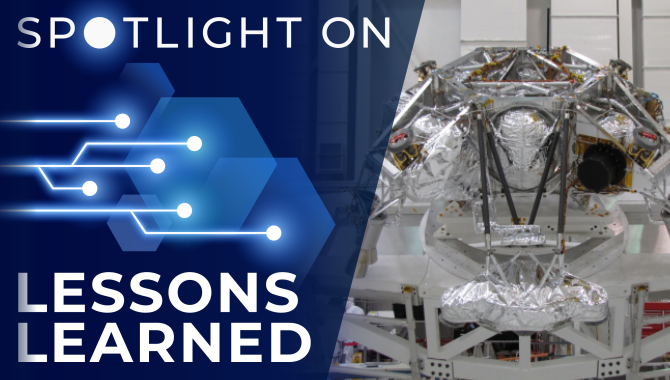
Independent mechanical walkdowns of spacecraft are sometimes credited with discovering discrepancies that could have interfered with mission success.

Independent mechanical walkdowns of spacecraft are sometimes credited with discovering discrepancies that could have interfered with mission success.
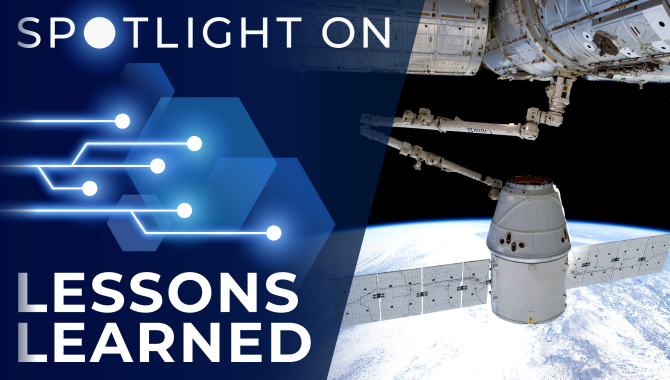
NASA’s Commercial Orbital Transportation Services (COTS) Program provides a starting point for formulation, design, management, and implementation of future public-private capability development partnerships.
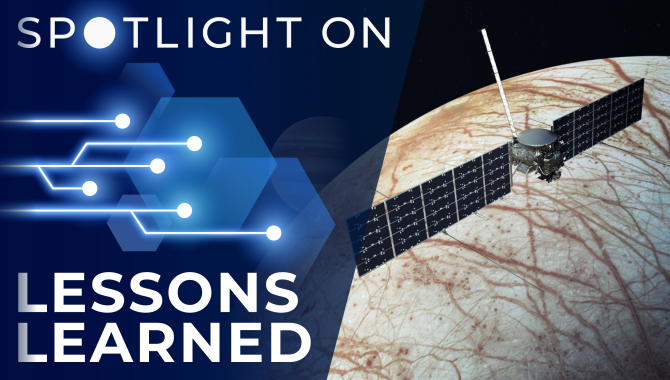
Strong lines of communication between designers and analysts must be maintained to ensure fidelity of analysis results as flight component configurations evolve.
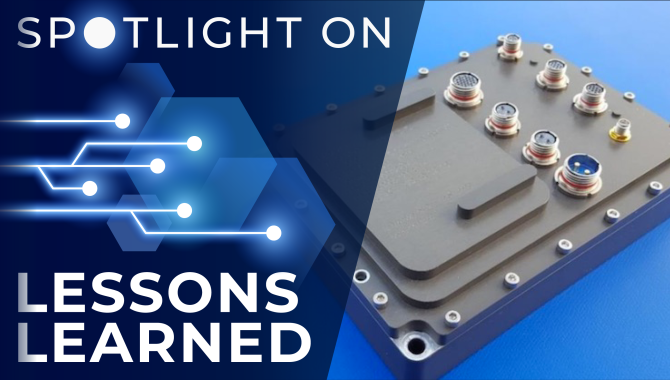
A NASA Engineering and Safety Center assessment of the Autonomous Flight Termination System resulted in coding standard and software static analysis recommendations for software development teams.
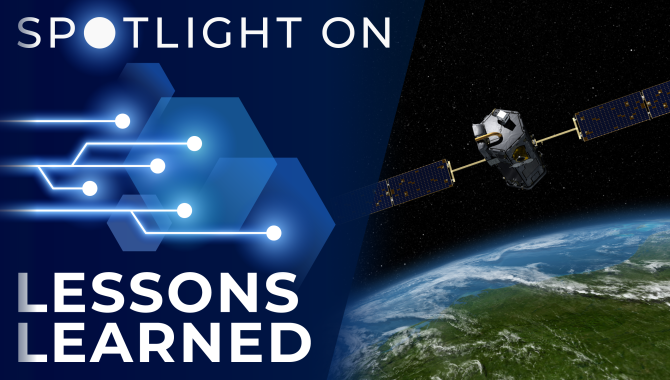
Failure of a launch vehicle payload fairing to separate during ascent resulted in the loss of the Orbiting Carbon Observatory satellite mission.
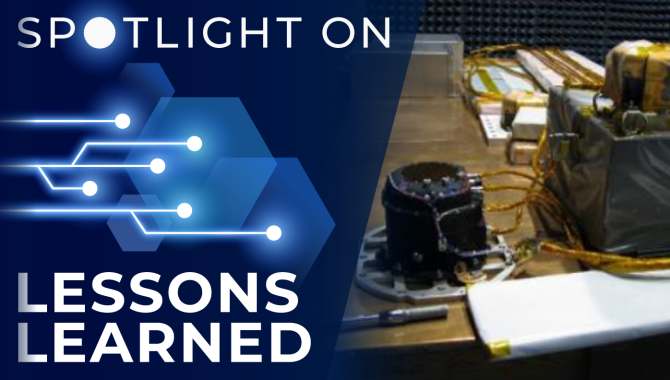
Impedance compatibility problems between test facilities and electronics hardware can result in damage or failure.
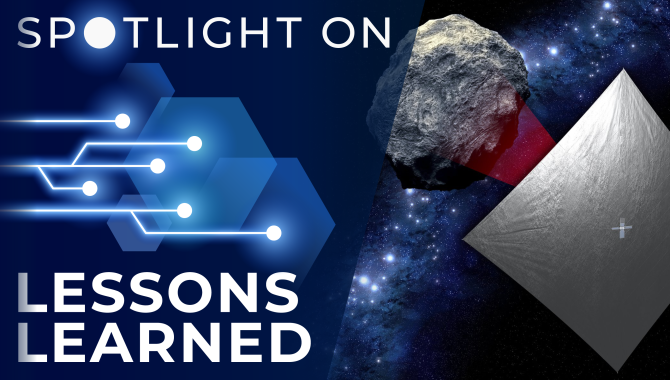
Projects that use commercial web software should take proactive measures to mitigate IT security risks.
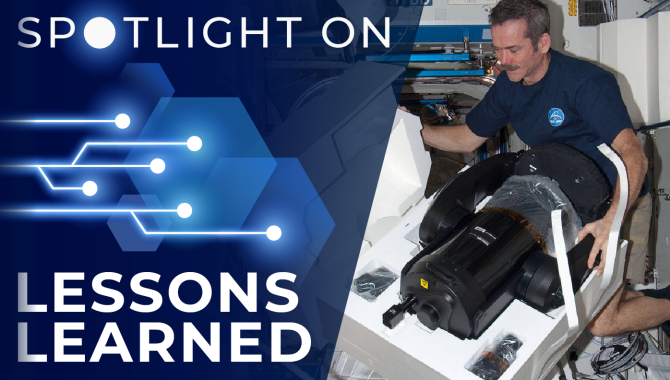
Specific events and obstacles encountered during the design and development of the ISERV payload provide the basis of an applicable program management lesson learned.
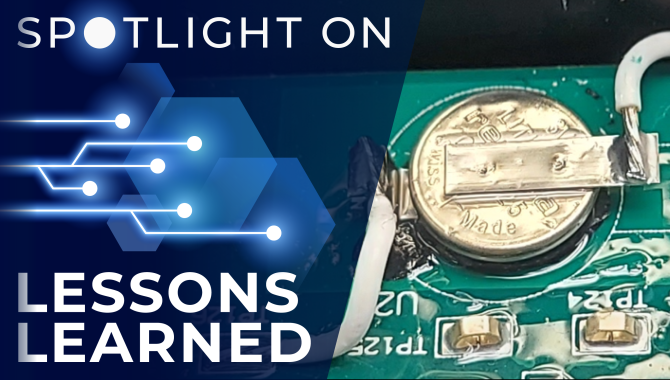
An issue with a button battery holder appears to be the cause of an unplanned reset of the Real-Time Clock on the International Space Station Urine Processing Assembly.